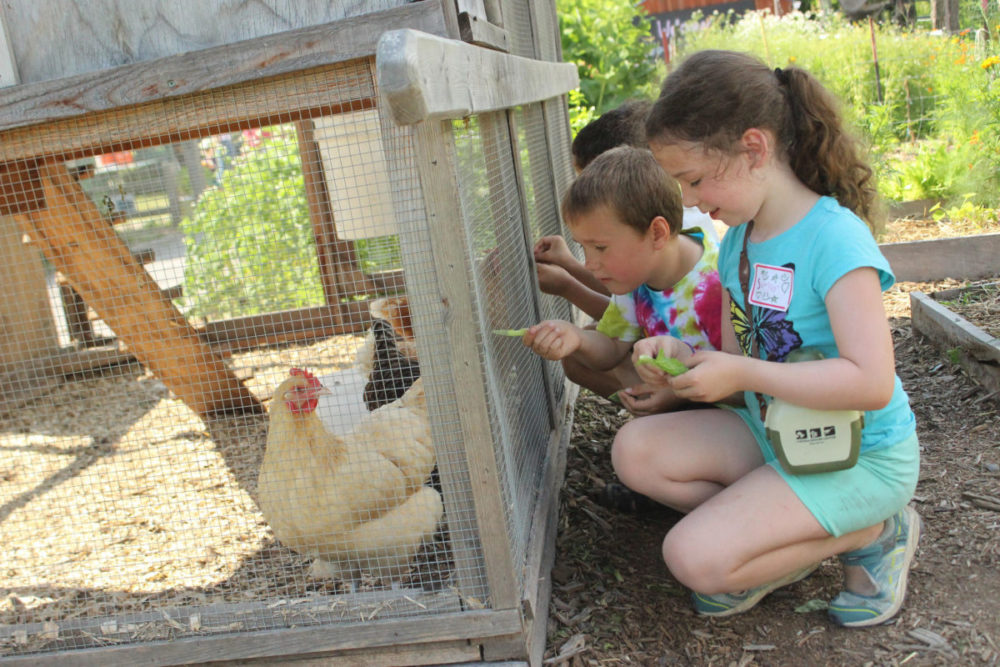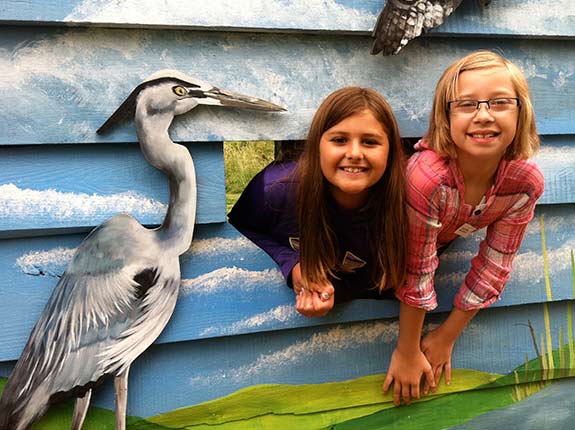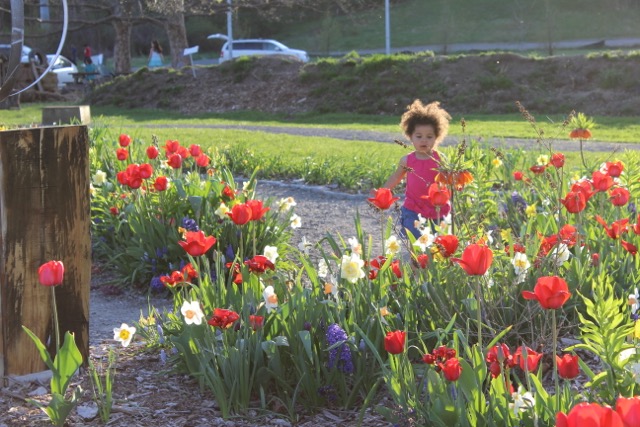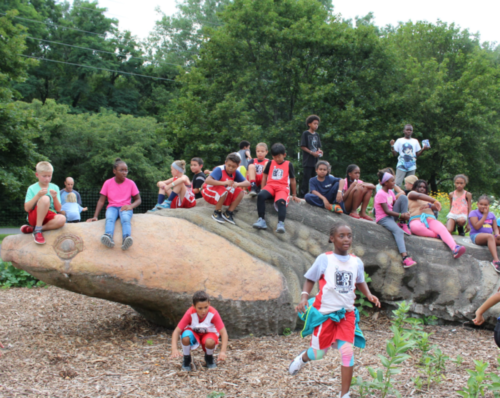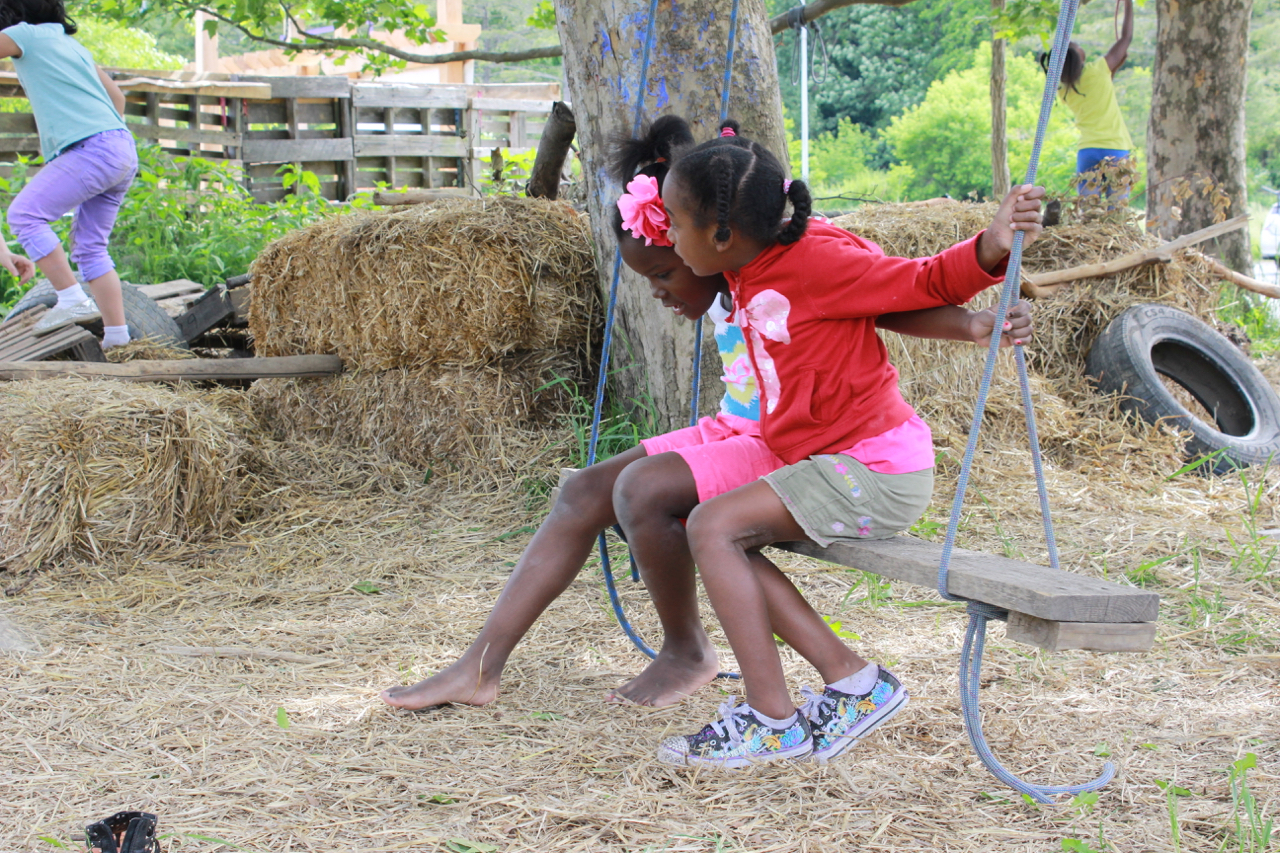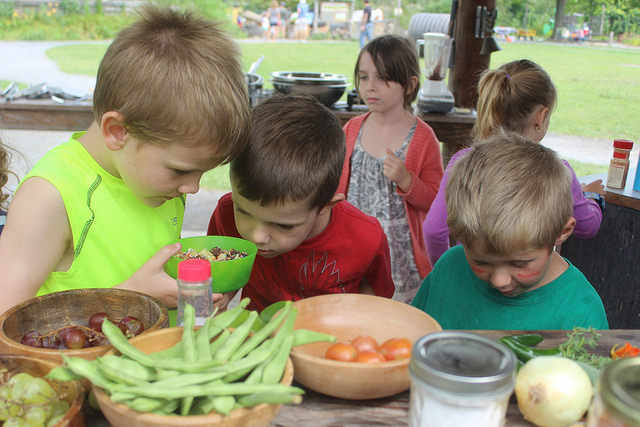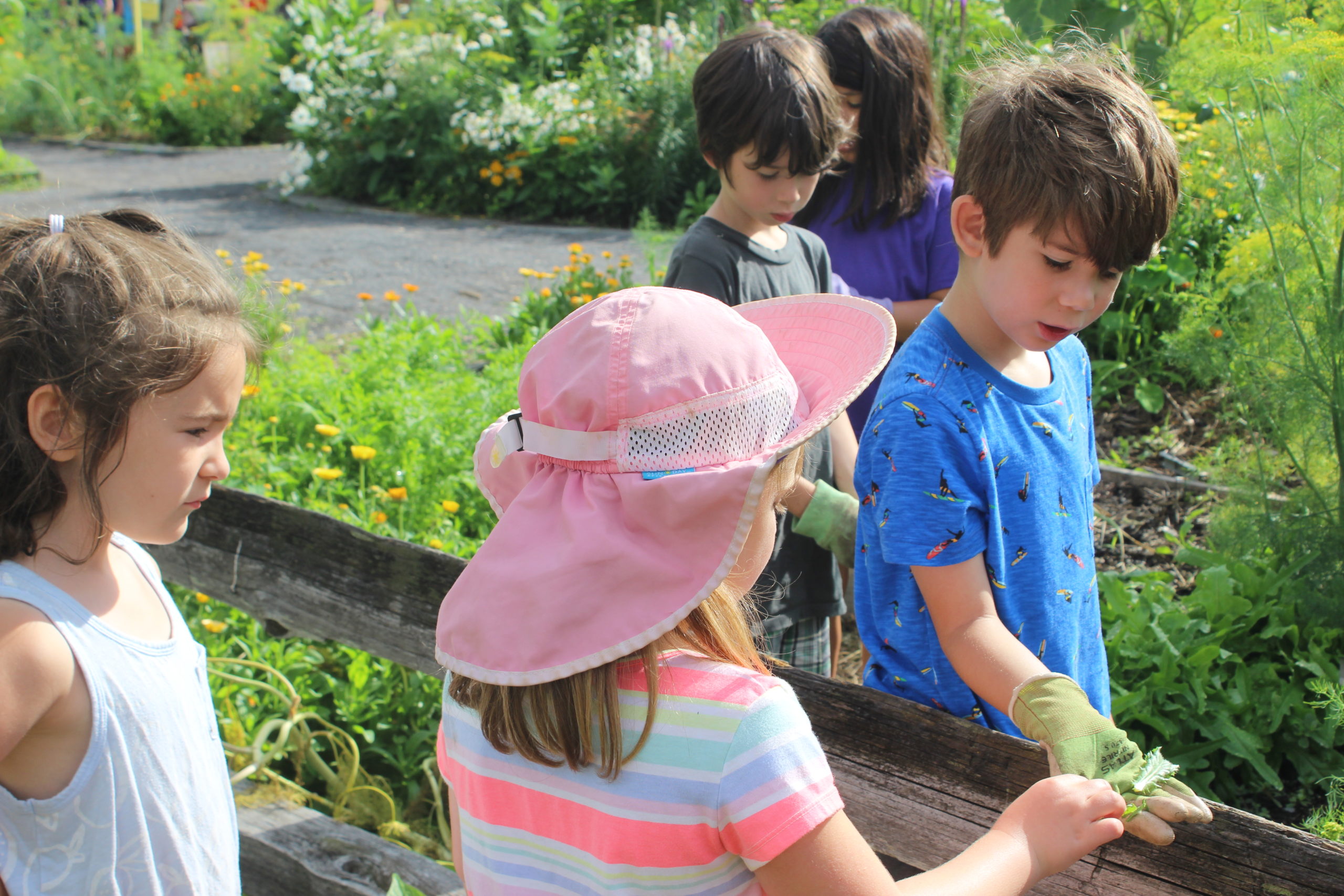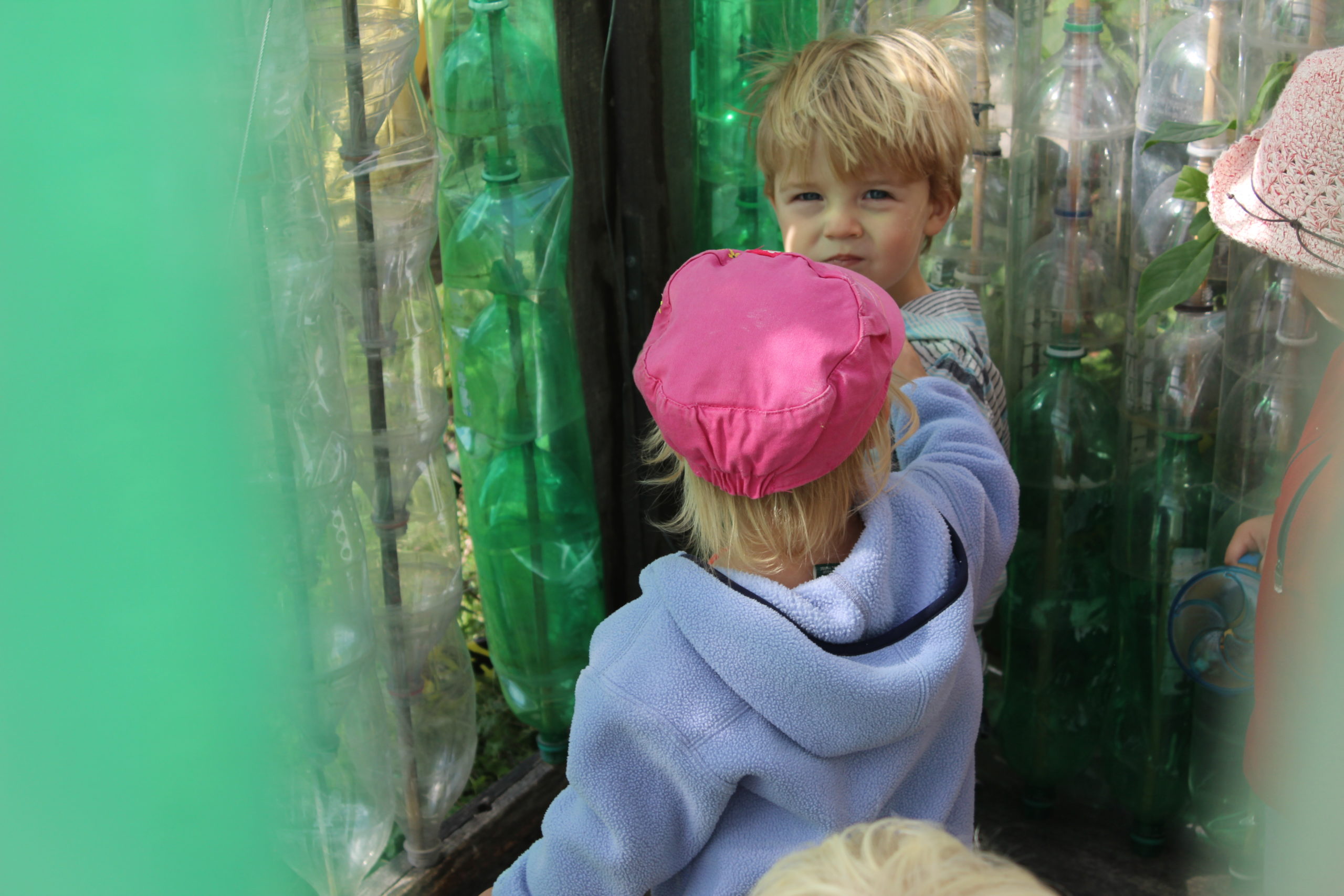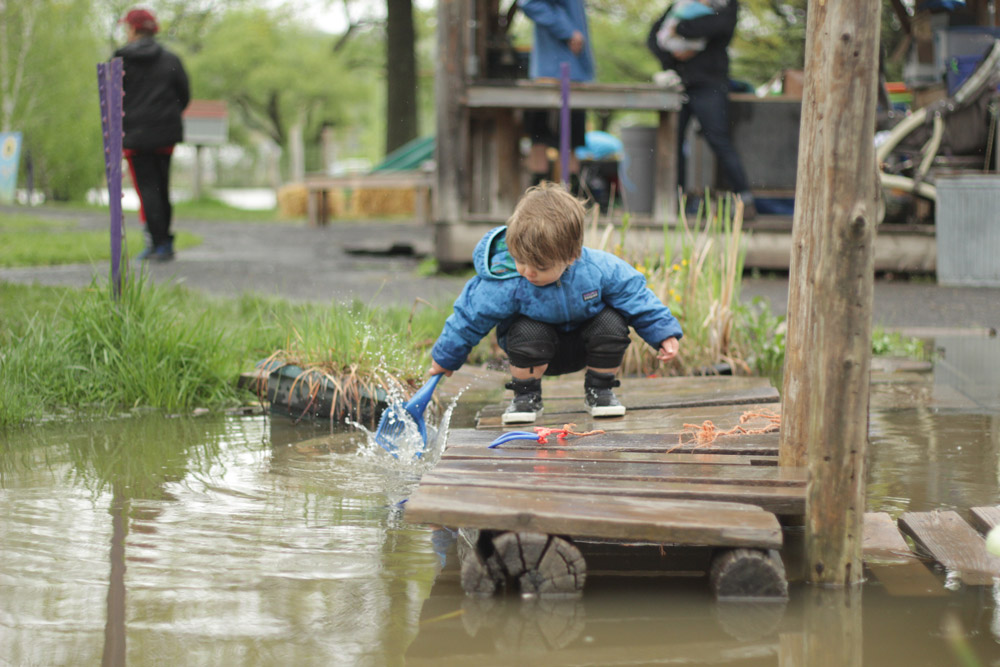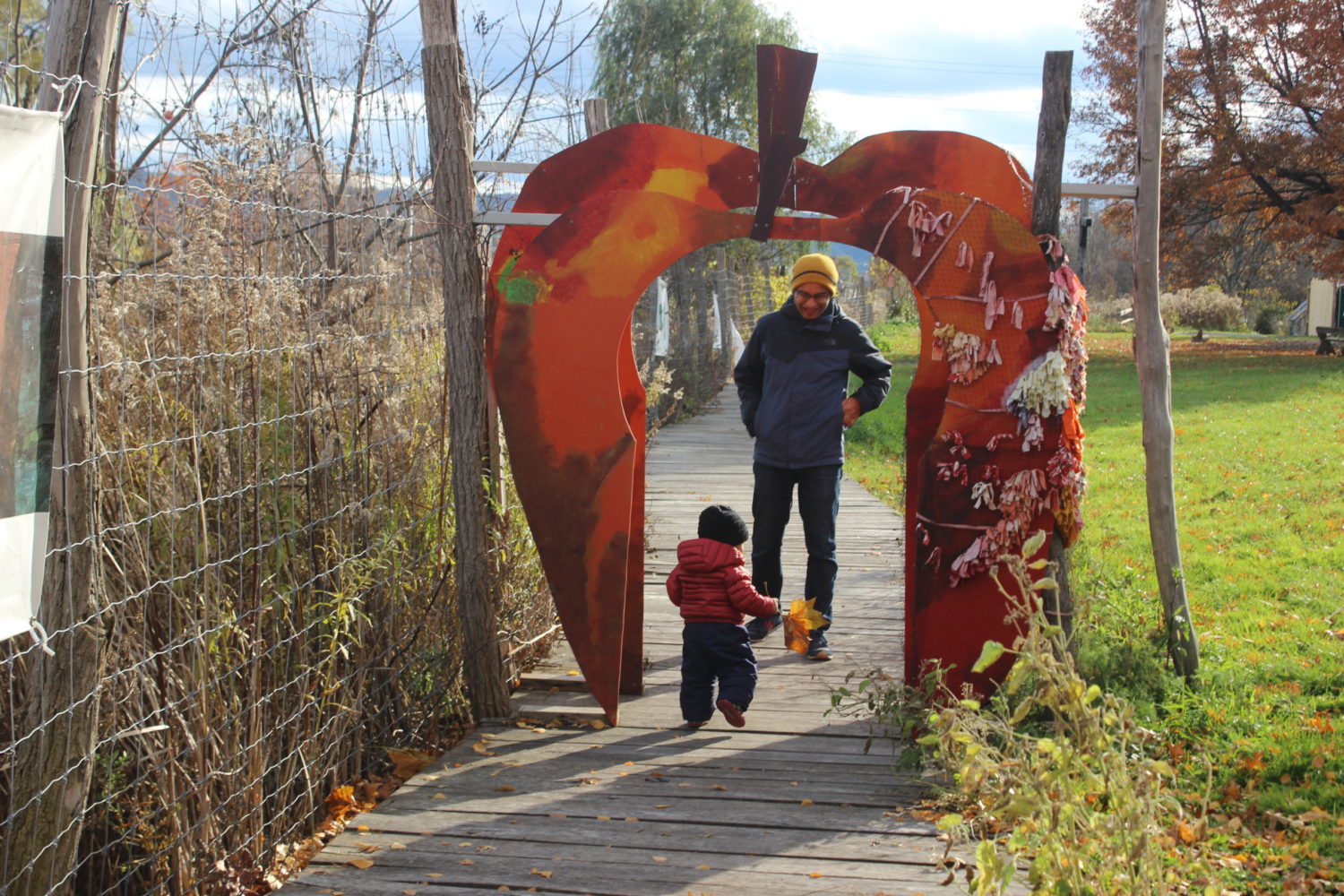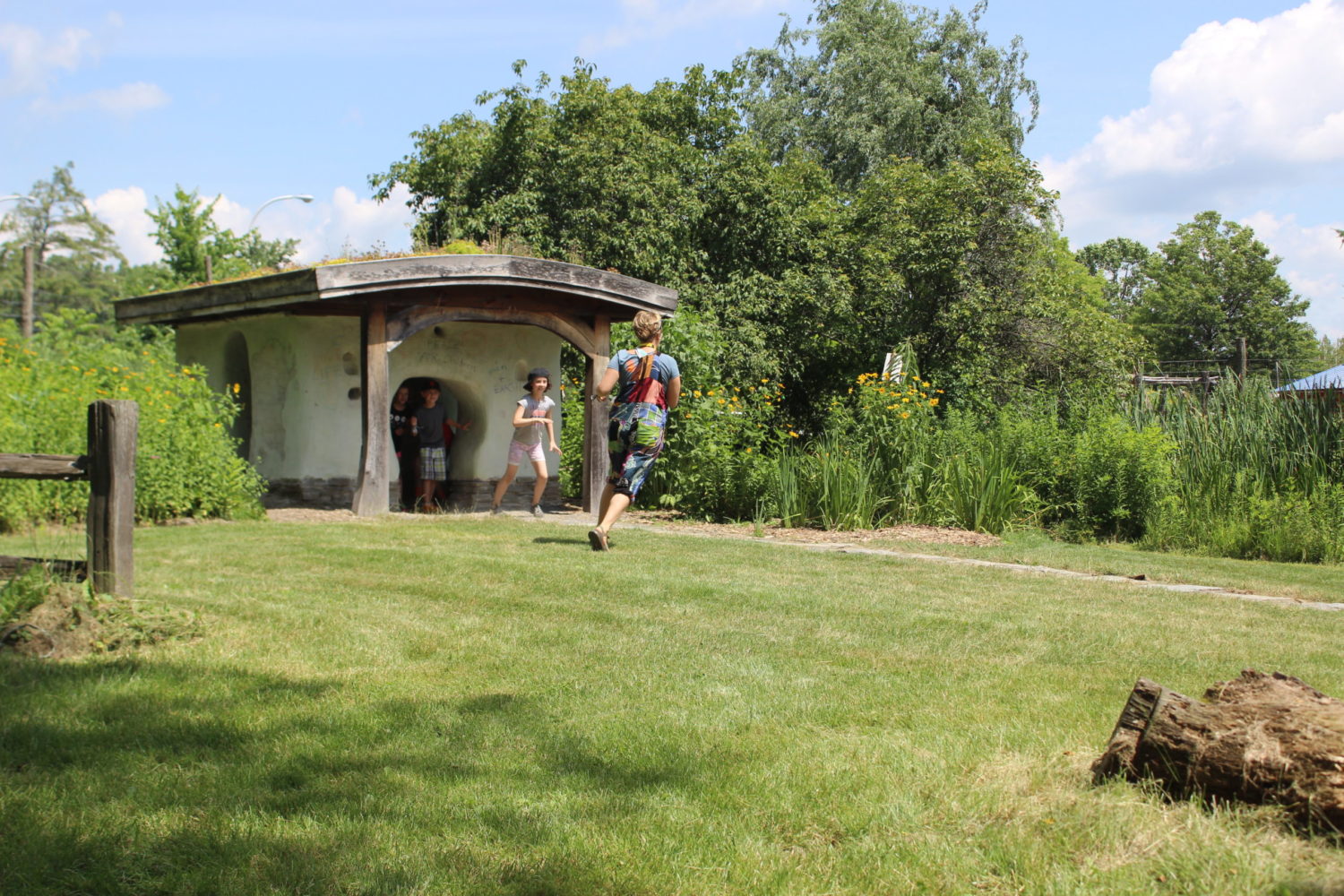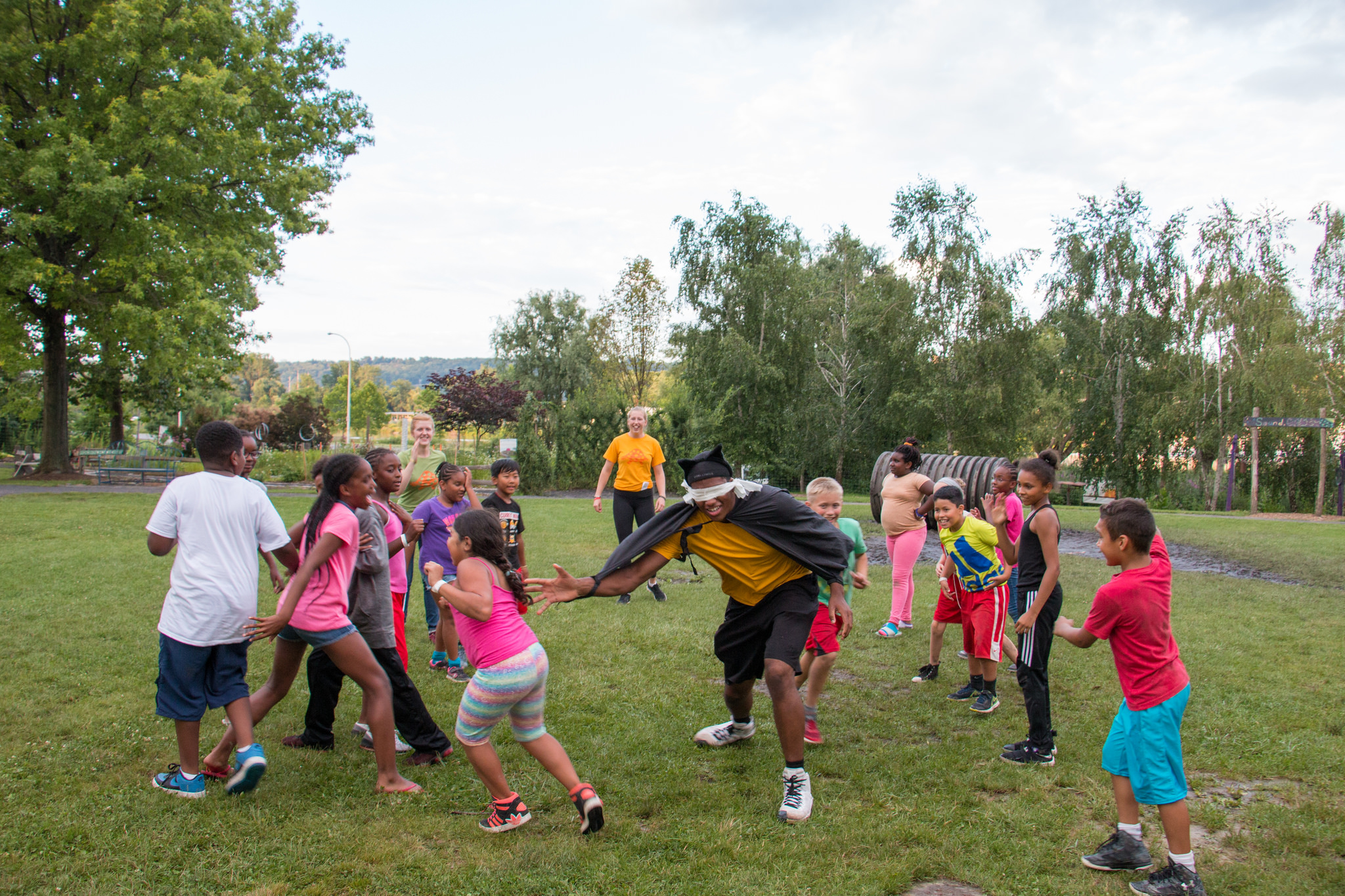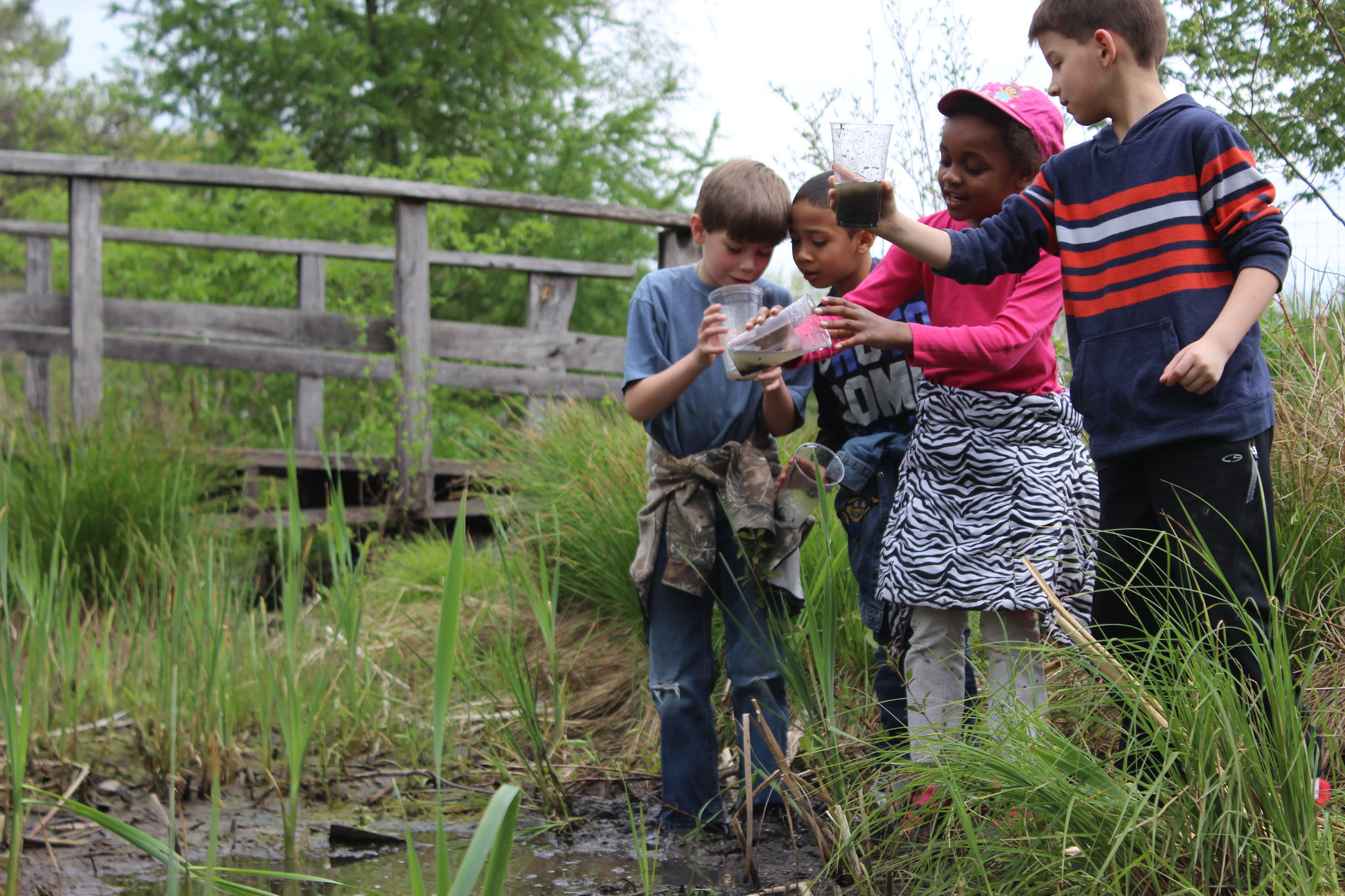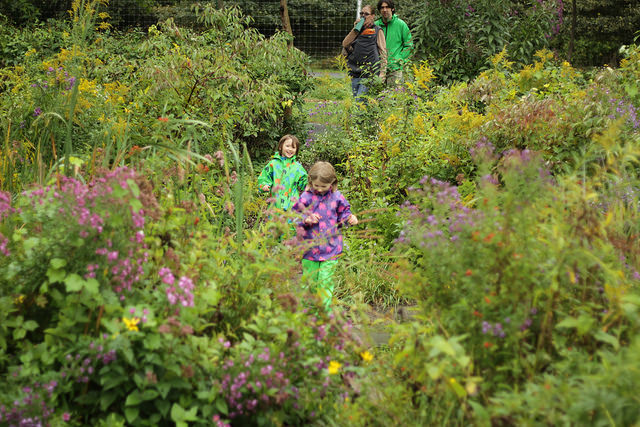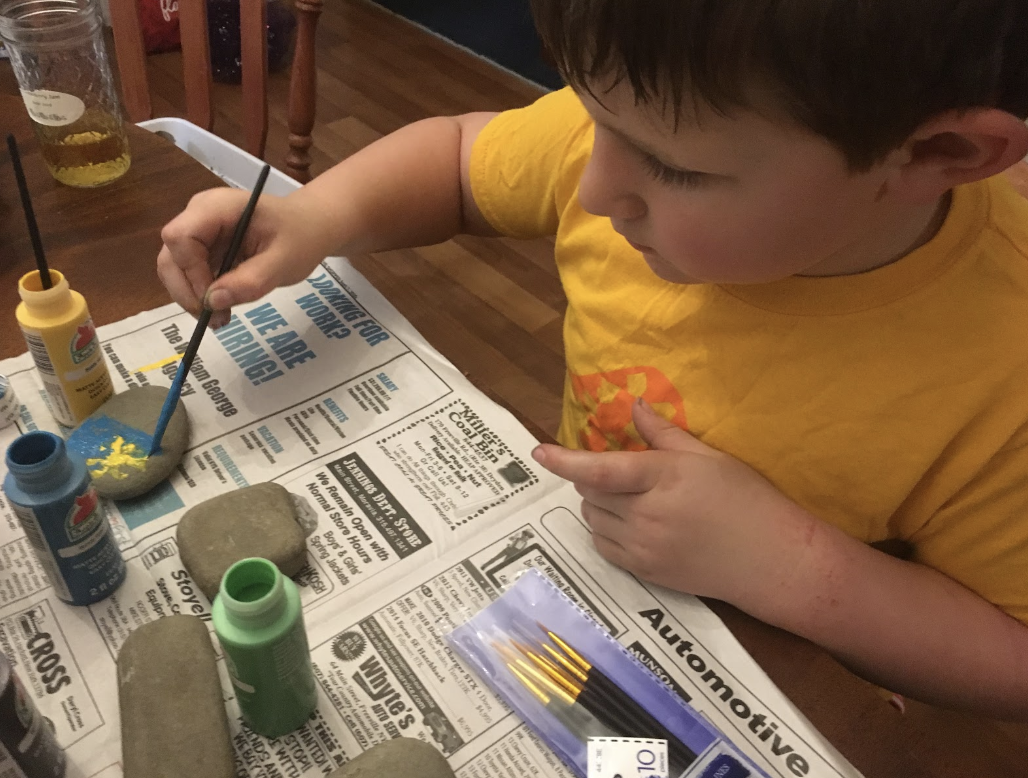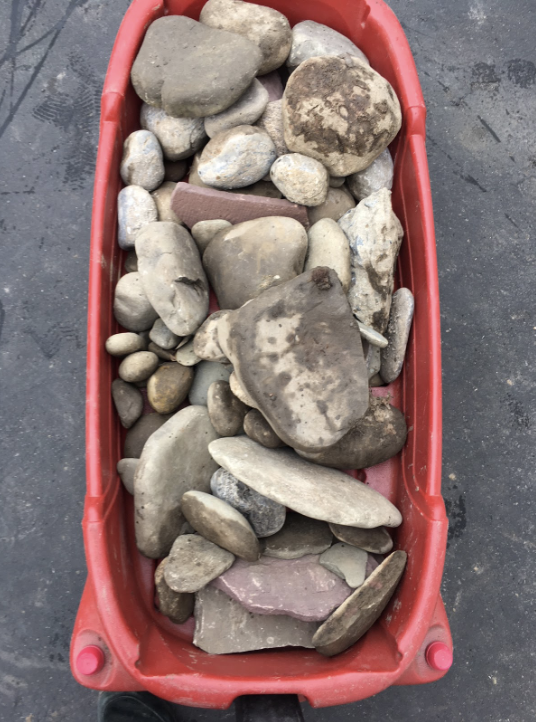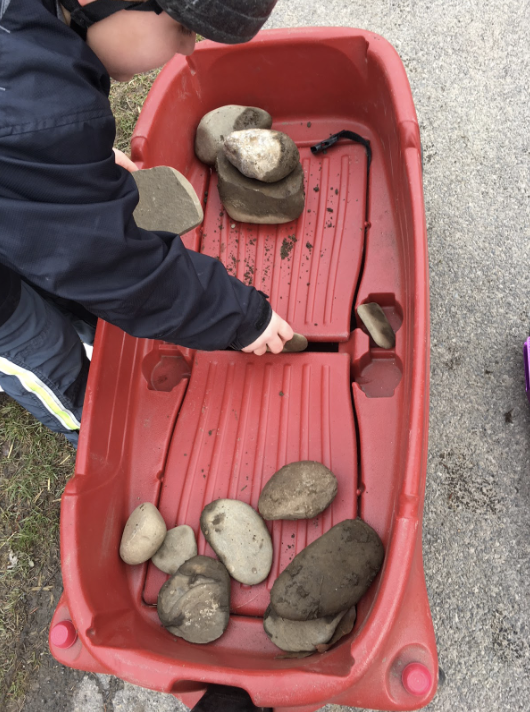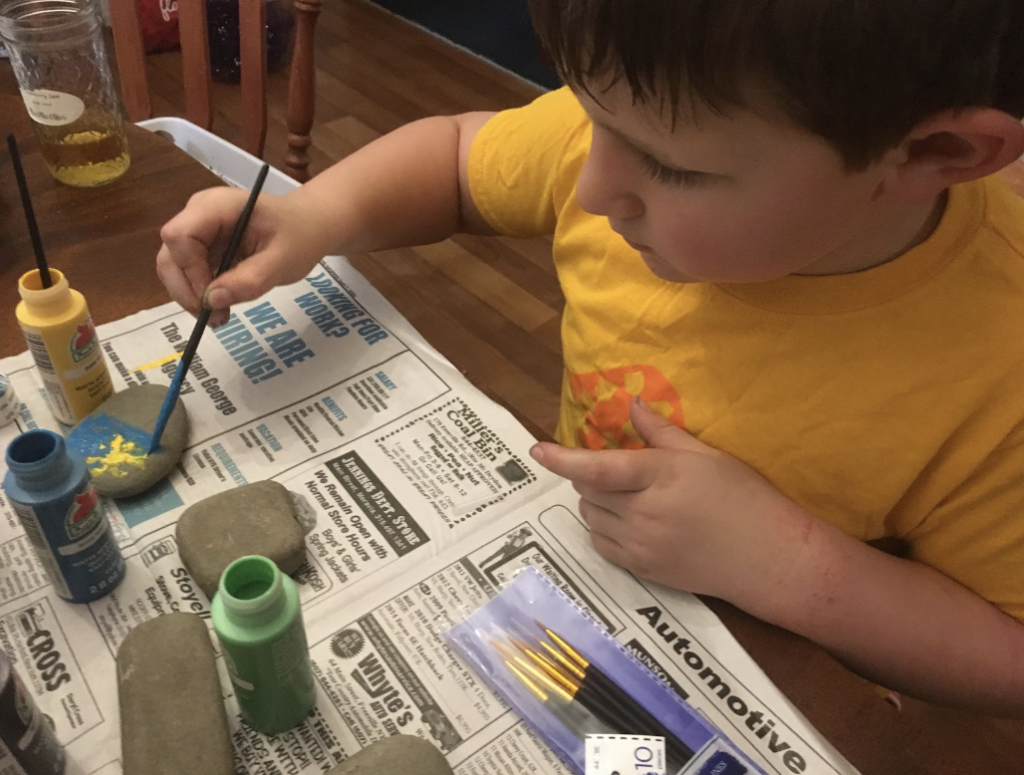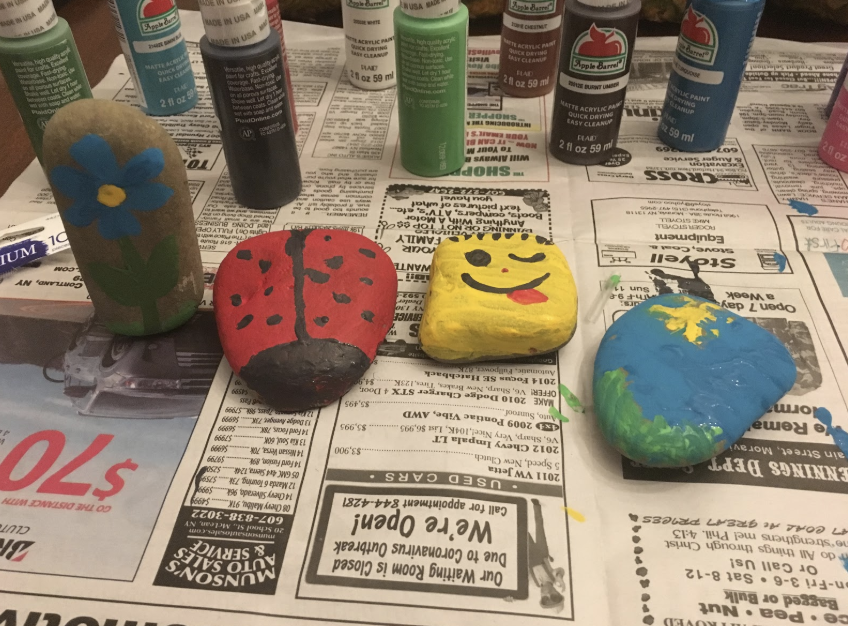For the love of rocks
By Leigh MacDonald-Rizzo, Education Director
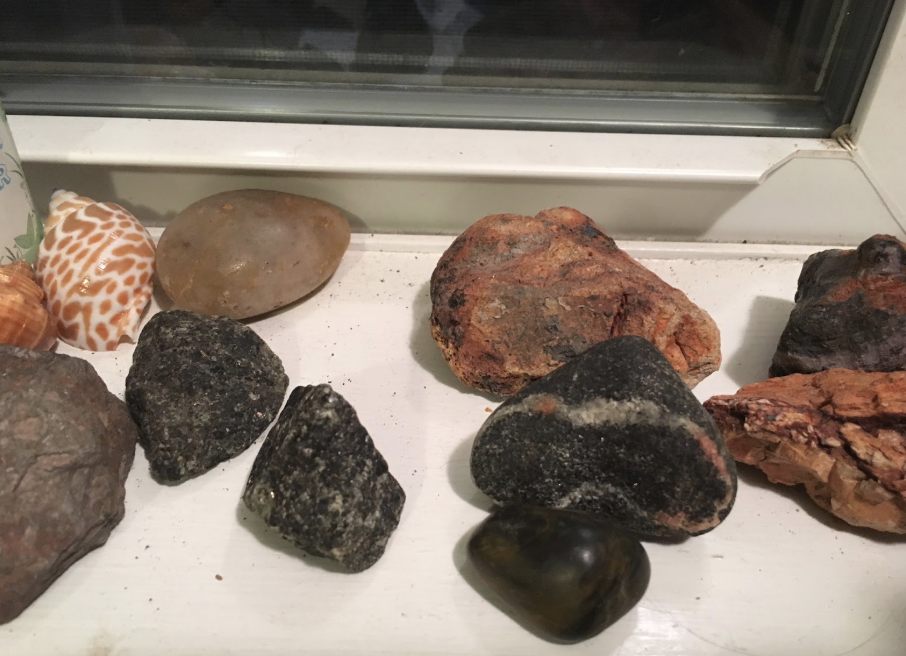
My 8 year old loves collecting things; mostly, nature things. I’m not sure where he gets it from. Who am I kidding… I know exactly where he gets it from. This is the windowsill in my kitchen.
Every time we go for a walk, he has something in mind, something he’s looking for. He can often convince his reluctant brothers to join in by hyping up the quest. Sometimes he has a plan for these items: long sticks required for a fort, pinecones for an invented throwing game with an elaborate point system. Other times it’s just something that has been on his mind and once acquired, is quickly forgotten. Feathers carefully collected blow away from the porch steps an hour later, never missed.
Whether you have a collector in your family or need a quest to motivate the reluctant, rocks are the ticket. Rocks are always worth collecting. Rocks feel wonderfully heavy in the palm of your hands or oddly light for their size. Surfaces so smooth and cool to the touch or rough with sharp angles, warm from the sun. Elaborate with the topography of fossils and ripples of shimmer or plain, grey, and completely ordinary.
The quest is where it’s at.
Sometimes the rocks are just sitting there, as easy to collect as blueberries in late July. Other times they are wedged in the soil, peeking up just enough to pique your interest, in need of some engineering to acquire. If you’re not having much luck, a shovel or trowel and some space to dig might yield treasures unseen.
Maybe you stop there. The quest complete, rocks in a pile outside to be discovered and repurposed later. Rocks make great loose parts for outdoor play and can live a happy life being moved around, loaded and dumped, traded and protected. Small rocks transform into currency or fairy stepping stones. Large rocks become plates, stages, and borders.
Washable paint works if your kids are young or if it’s what you have on hand. The rain may wash the paint away eventually but there’s always the opportunity to paint them again. Or, plan to keep them inside. Acrylics are inexpensive and stand up to the weather for at least a year or two. The trade off is they can stain your clothes.
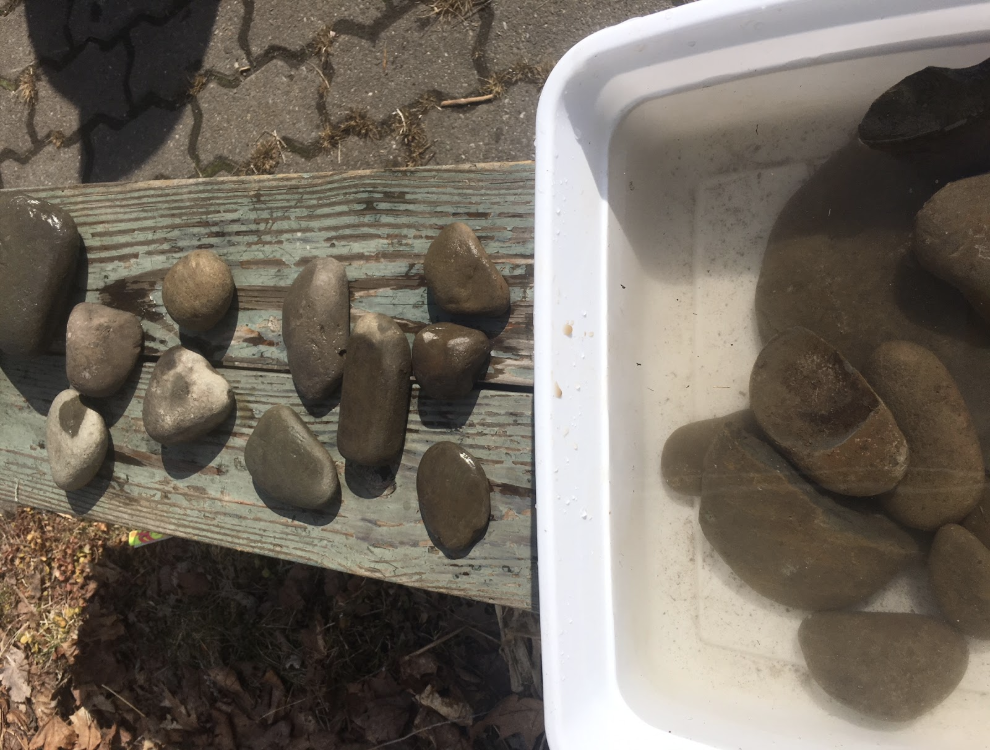
Another great thing about rocks? They play nicely with one of the best outdoor loose parts: water. There’s something very satisfying about dipping rocks in the water, swishing them around, rubbing off the mud, dipping them again.
If you’re feeling brave (I consider anything involving the combination of paint and children brave) then paint is the logical next step. Washable paint works if your kids are young or if it’s what you have on hand. The rain may wash the paint away eventually but there’s always the opportunity to paint them again. Or, plan to keep them inside. Acrylics are inexpensive and stand up to the weather for at least a year or two. The trade-off is they can stain your clothes.
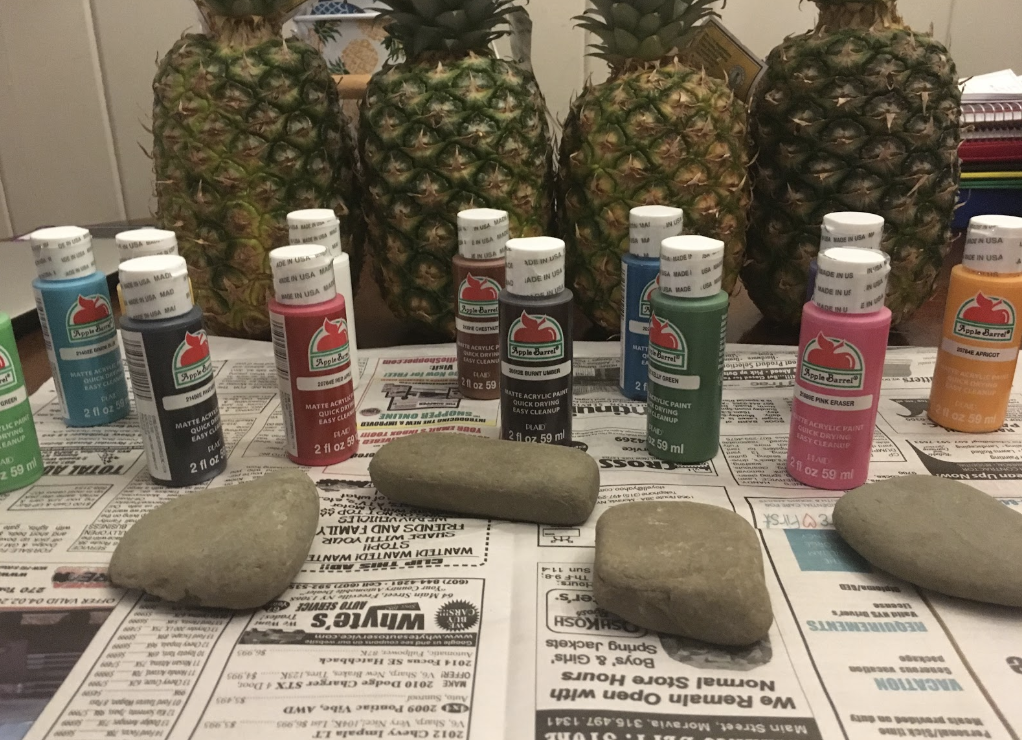
Folks have different rules when it comes to painting. Ours are:
- Old, grubby shirt, no pants.
- Newspaper down before you start.
- No water. One brush per paint color.
- Don’t paint the cat.
I always set this up as a “kid” activity. Something for them to do while I do something else. It works just fine that way. However, I can’t help but join in most of the time. There’s something absolutely forgiving about rock as a canvas. It’s simple, meditative even, and has a way of absorbing your thoughts for a while. Sometimes there’s the hush of intense focus with the occasional “pass the blue.” Other times it’s a raucous conversation.
For a short time, the drying rocks are forgotten, brushes washed, newspaper recycled. After an hour, a day, or a week, the rocks are rediscovered and again we’re outside. This time not to collect the rocks from nature but to place them back in nature: in a new spot, with a new look, and a new story to share.
More at home rock activities:
- Sort rocks based on their properties. Kids can do this on their own or you can make a game out of it. Can you find the biggest, scratchy, tiniest rock?
- Line the rocks up largest to smallest.
- Build rock towers out of them. Can you balance them?
- Use them to make a fairy garden.
- Take it a step further and learn about the 3 different types of rocks and how they are made: igneous, sedimentary, metamorphic. Types of Rocks video for kids. Be a Rock Detective! video.
- Listen to or read stories about rocks: Everybody Needs a Rock by Byrd Baylor, Rhoda’s Rock Hunt by Molly Beth, If You Find a Rock by Peggy Christian.


